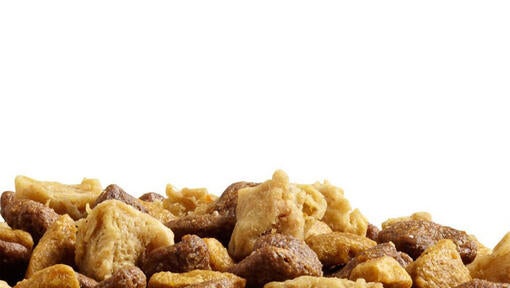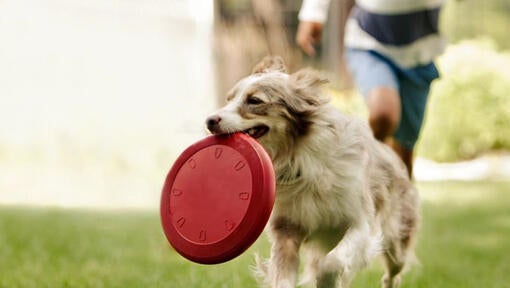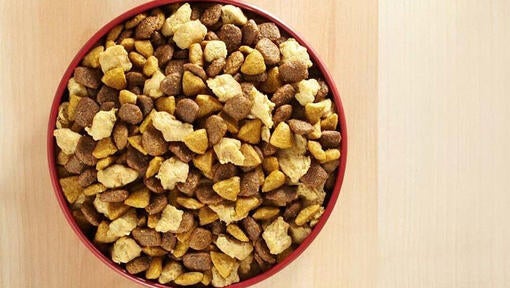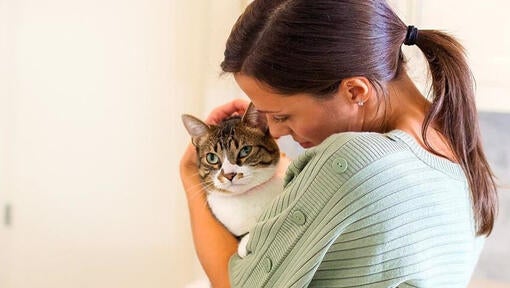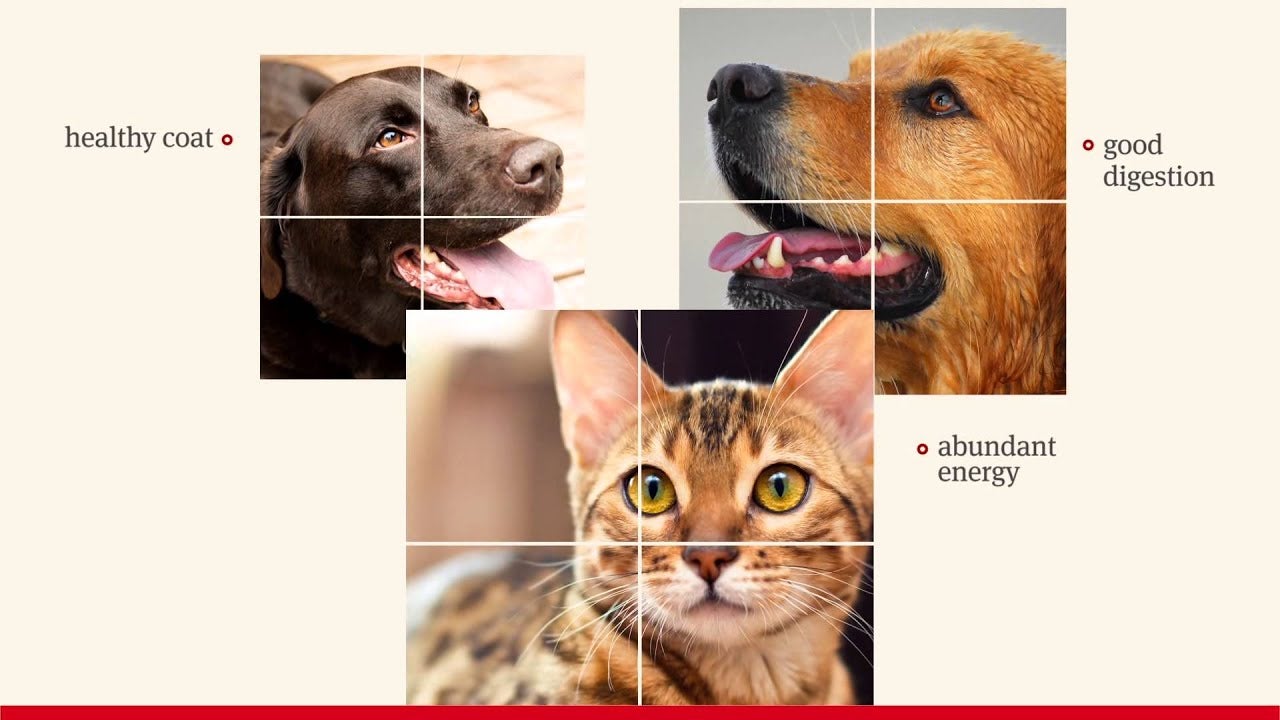
Our Nutritional Philosophy
Every pet deserves excellent nutrition.
We start by imagining a world where pets thrive longer and even the most challenging health issues can be effectively managed through nutrition.
Driven by this vision and an unwavering passion for pets, we apply more than 90 years of our scientific expertise in pet nutrition, physiology and behaviour to make new discoveries and push boundaries, creating nutritional solutions that make a profound difference. Our job is to imagine the impossible and unleash the power of nutrition to help all pets live better, longer lives.
This philosophy impacts the decisions we make and the beliefs that guide us each and every day.
These beliefs are:
We believe excellent nutrition should be available to all dogs and cats everywhere. That’s why we offer a wide range of products, which allows pet owners to choose a food that’s right for their pet. We want every pet owner to feel confident that their pet food meets or exceeds regulatory and industry standards - but we also want every pet owner to feel confident they’ve made the right choice.
We believe nutrition starts with understanding nutrients, not just ingredients. The best ingredients are the ones that work with others to enhance one another’s performance. A smarter nutrient blend is going to be more digestible and effective for a pet than a single ingredient. That’s why we don’t formulate our pet food on an ingredient by ingredient basis, but instead measure how different formulations effect a pet’s overall health.
We believe innovation should be pursued, always focusing on the pet’s nutritional needs, safety and wellbeing. That’s why we have our Pet Care Centre, where our feeding studies help to develop a better understanding of the natural preferences, nutritional needs and behaviours of dogs and cats. Our trained and caring staff treat our dogs and cats with respect and affection because we’re pet owners too.
We believe feeding experiences should be enjoyable, all the while delivering optimal nutrition. That’s why each pet food we make adheres strictly to the local regulatory standards before it gets anywhere near your pet’s bowl. At PURINA, we see industry standards as just a starting place. Not only do all of our products meet these standards, but many go beyond them, meeting nutritional levels established by AAFCO (Association of American Feed Control Officials), which encourage pet food companies to ensure their products are safe for pets. We do all of this to provide optimal nourishment for pets.
We believe nutritional needs of pets are unique. That’s why we have become a global leader in pet nutrition. We don’t want to follow the industry, we want to push it forward, so for example we study what drives pet obesity to the effects of trends and discoveries in human nutrition. The work we undertake is all part of our mission to enrich the lives of pets and to enable them to live long, healthier lives.

Contact us
We’re here to answer all of your pet questions - big or small, really serious or a little silly. Get in touch with us directly any time, any way. Our lines are open from 9am - 5pm, Monday to Friday.

